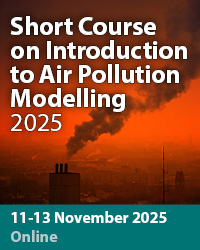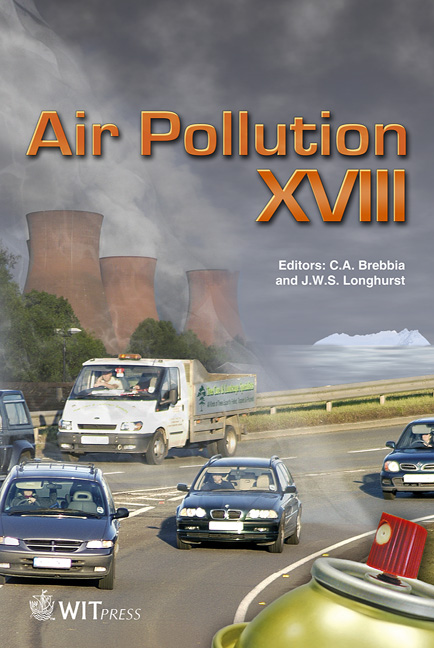Sampling Of PM2.5 Respirable Particles In The Northwest Of The Metropolitan Zone Of Mexico City During 2006
Price
Free (open access)
Transaction
Volume
136
Pages
7
Page Range
163 - 169
Published
2010
Size
408 kb
Paper DOI
10.2495/AIR100151
Copyright
WIT Press
Author(s)
Y. I. Falcon, L. Nuño, J. P. Becerril & L. Cortes
Abstract
The Metropolitan Zone of Mexico City is one of the most polluted areas in the world. PM2.5 respirable particles are a health risk for the population. They can induce chemical reactions in the atmosphere, increasing the possibility of acid rain formation and they are a factor for reducing visibility. They could also reduce solar radiation, thus increasing the changes in the environmental temperature and altering biological rates of plant growth. The sampling site was located at the facilities of the Metropolitan University Campus Azcapotzalco. This site is located Northwest of Mexico City, and it is a zone with urban and industrial developments. Sampling of PM2.5 respirable particles was done using a Minivol Portable Sampler Airmetrics and the mass of particles was determined by gravimetry. Particles samples were collected for 24 hours from Monday to Tuesday and from Thursday to Friday, for 11 months from January to November 2006. A total of 36 samples were collected. The particles mass data were correlated with the wind velocity for the sampling days. The average concentration of PM2.5 was 27.93 µg/m3 with a wind velocity of 5.17 m/s. There are two maximum values for PM2.5 that coincide with the values of minimum wind velocity during the monitoring period: for the sample of February 9th there was a PM2.5 concentration of 43.12µg/m3 with a wind velocity of 3.76 m/s. For November 16th there was a PM2.5 concentration of 49.17 µg/m3 and a wind velocity of 3.62 m/s. The minimum concentration obtained on February 23rd was 13.29 µg/m3 with a wind velocity of 4.95 m/s, and for June 1st the concentration
Keywords
air pollution, respirable particles





